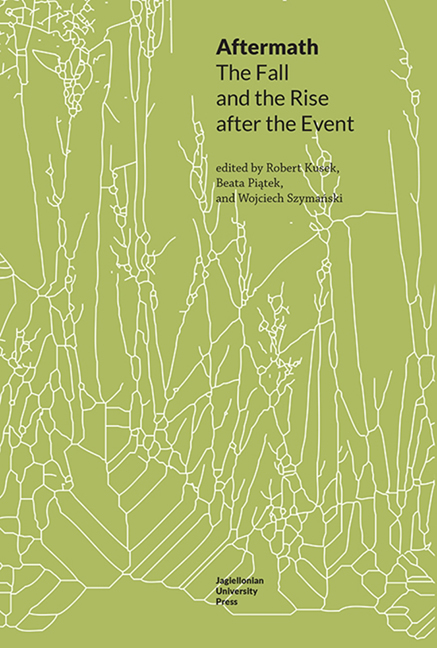The Aftermath of Love: Michael Haneke's Amour
Published online by Cambridge University Press: 06 November 2021
Summary
The Idea of Love. To live in intimacy with a stranger, not in order to draw him closer, or to make him known, but rather to keep him strange, remote: unapparent – so unapparent that his name contains him entirely. And, even in discomfort, to be nothing else, day after day, than the ever open place, the unwaning light in which that one being, that thing, remains forever exposed and sealed off.
(Agamben 1995: 57)Love, Death, and Amour
What remains after great passion, loyal friendship and a good long life? What are the limits of love and devotion and what happens when they are reached and passed? What, in other words, is the aftermath of love? The aftermath, which is conceptualised not as the ultimate ending but rather as a consequence, result or after-effect of a seminal event – not necessarily, though often enough, a disastrous or unfortunate result but the one which may be, at least potentially, transformative, life-changing, or perhaps only enduring. The aftermath is that, which remains and lives on, even after a catastrophe and annihilation.
Michael Haneke's film Amour (2012) indirectly poses (rather than answers) somewhat similar questions that circle around the phenomena which do not concern larger historical or social events but, instead, bring to the light the experience that is existentially close to everyone. The central focus of the film is the question how to bear and what remains after the suffering and death of a beloved person who constituted the centre and meaning of one's existence. What remains after love? The film's rhetorical strategy – in keeping with the general style of the director known for controversial and provoking works – is to confront the audience with such uncomfortable and unanswerable questions rather than solve problems and soothe the discomfort they bring. Due to its last sequence which, in an abrupt plot twist introduces the violent murder/euthanasia scene and the quasi-fantastic ending, Amour evidently intends to force the audience into thinking by refraining from offering any answers. These concluding scenes were the source of well-known controversies and heated discussions (cf. for instance radically different views of Grundmann, 2012, or Morganroth Gullette, 2013) and if it is worth returning to them and to the film yet again, it is not to add to the polemics they provoked but to rethink the most fundamental and uncontroversial problems that lie at their foundations: to rethink love and death.
- Type
- Chapter
- Information
- AftermathThe Fall and the Rise after the Event, pp. 281 - 292Publisher: Jagiellonian University PressPrint publication year: 2022



